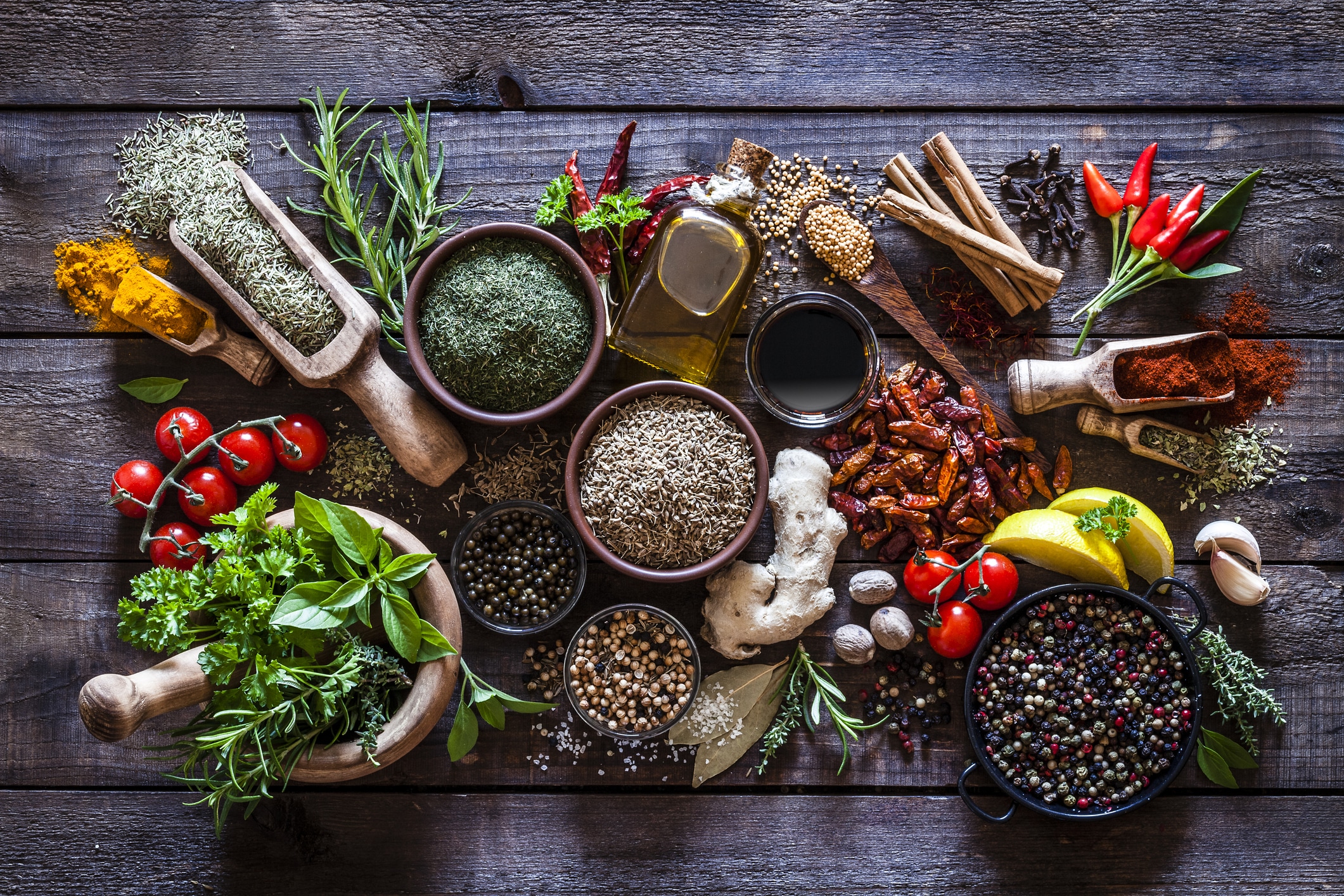
Clutching at straws?
“Hot topics” are rising from nowhere to become major consumer issues faster than ever before. Petitions and celebrity campaigns can rapidly swing public opinion, and the speed with which businesses need to be able to react is typically quicker than normal decision-making cycles.
In the first half of 2018 single-use plastic has risen to become a leading consumer issue, with interest sustained for six months now as Google search terms below show. This is no flash in the pan – pressure is rising on FMCG manufacturers, as one of the most significant users of single-use plastic, and some of their products have become unwelcome icons.

Earlier in the year, foodservice chains were queuing up to announce plans to ditch plastic straws in favour of paper alternatives. The margin structure of foodservice (and insignificant cost of the product) no doubt helps the transition – but with most paper straws imported from China, this isn’t the environmental benefit that was expected.
Our 2018 Global 50 study highlights rising levels of action from the world’s leading FMCG companies on this topic – but we observe that unilateral action by manufacturers and retailers generally has a limited lasting impact. When done by manufacturers on their own, the higher costs associated with making these products on a small scale mean they end up serving the relatively small numbers of consumers willing to pay more, and making little overall difference. Margins are too tight to simply absorb the cost in a fiercely competitive industry.
Retailers are also in a challenging position. Clear, simple policies on packaging are difficult to reconcile with complex & diverse supply bases. The unintended consequences of aiming for one metric can be unfortunate; in 2009 Kenco launched ‘Eco Refill’ with 97% less packaging weight in response to retailer drives against weight – but the 3% that remained was much more difficult to recycle than the glass jars, and it later dropped the ‘Eco’ tag. Similar efforts with milk bags and refillable fabric conditioner have failed to make the mainstream.
So what can the industry do? Assuming vertical integration back into the packaging supply chain is unlikely, collaboration is needed between packaging manufacturers, FMCG producers and grocers. They in turn need to present a unified front to government, which can be somewhat knee-jerk in these situations (cf. the proposed ‘latte levy’ and Scotland’s plastic cotton bud ban from earlier this year).
At a practical level this means developing a better understanding of each other’s value chains and total ‘system costs’. Wrapping cucumbers in plastic may well be the environmental choice compared with the cost of product wasted through the retail supply chain, and the costs of extra production required, were they unwrapped.
It can be uncomfortable to engage with suppliers and customers on the topic of cost and what-if scenario modelling, without it appearing like a margin-hunting exercise. As a result we often support clients to act as an independent ‘black box’. But without someone running the numbers across the whole value chain, we believe it’ll be difficult to make the step change that this hot topic urgently requires.



